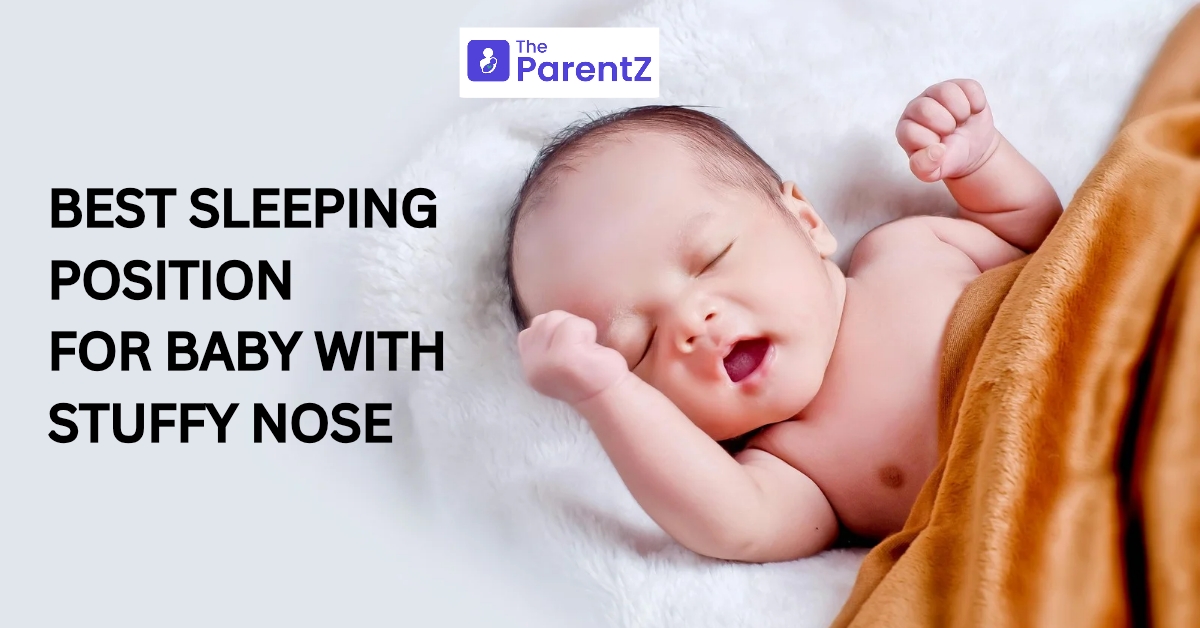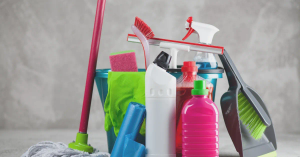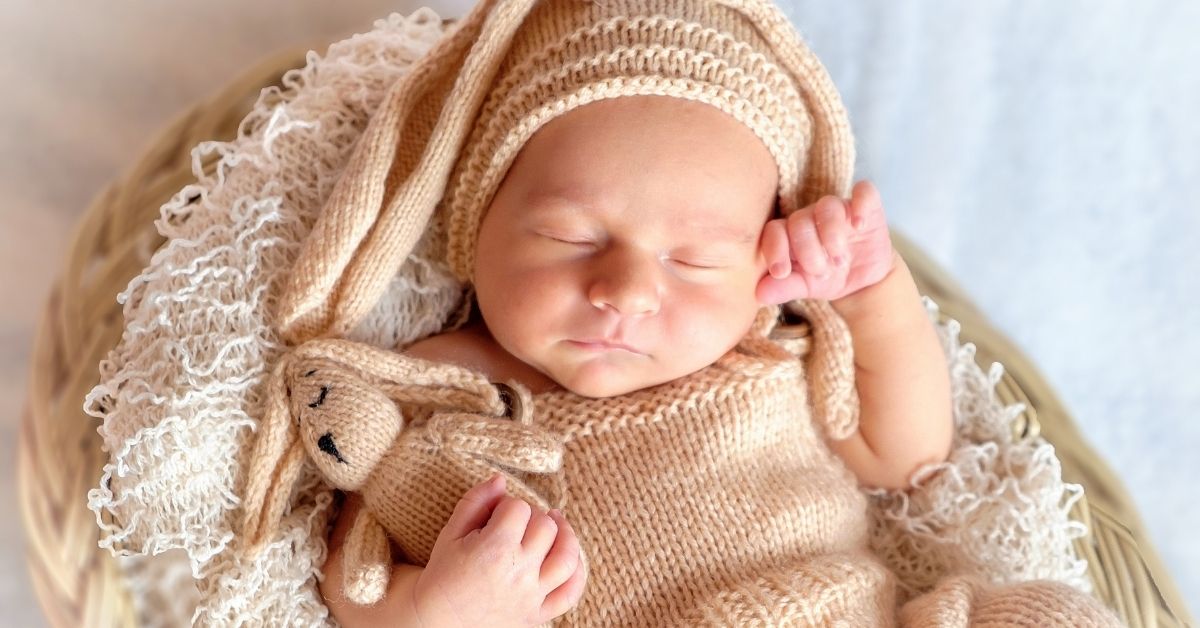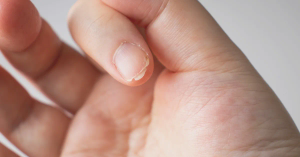A stuffy nose can interfere with sleep for anyone, and it makes things even more complicated for babies who are unable to blow their noses or adjust their sleeping position on their own. As a parent, it’s obvious to get worried when it comes to helping your baby sleep soundly. Here, your responsibility comes in to figure out the right sleeping positions for your baby with a stuffy nose so that they are able to breathe easily and sleep comfortably.
Read below this article to learn about the best sleeping positions for a baby with a stuffy nose and other tips to relieve nasal congestion.
How Does Stuffy Nose Impact Sleep?
Babies are usually nose breathers, particularly for the initial few months after birth. However, a stuffy nose can hamper their breathing, resulting in discomfort and waking up frequently. According to a study, almost 25 percent of babies suffer from any form of nasal congestion due to a cold, allergies, or dry air.
Best Sleeping Positions For Stuffy Nose
Usually, two sleeping positions are considered best when it comes to dealing with discomfort due to nasal congestion.
On the back
The American Association of Pediatrics recommends making your baby sleep on their back, as it significantly helps keep the airways open. This safe sleeping position also reduced the risk of Sudden Infant Death Syndrome (SIDS).
Simply lay your baby on their back on a mattress. You only need to make sure there are no pillows or other stuffed toys.
Little Elevated
The elevated position is effective in reducing nasal congestion as it allows the mucus to drain faster. Place a rolled towel under the mattress to give it a gentle inclination. Ensure you don’t use pillows, as it might lead to a suffocation risk.
Other Tips To Relieve A Stuffy Nose
Here are some other recommendations that are effective in reducing nasal congestion.
- A warm bath is a significant approach to clearing nasal passages, as the steam helps loosen mucus.
- You can also hold your baby in an upright position during breastfeeding, as it helps with faster mucus drainage and hence relieves the symptoms of a stuffy nose.
- Dry air can often result in a stuffy nose. Therefore, installing a humidifier to add some moisture to the air can help loosen mucus.
- Pediatricians also suggest using saline drops to improve nasal breathing in infants.
Stuffy noses can often result in improper sleep and discomfort in infants, which makes it important for parents to help them with the right sleeping positions to relieve the symptoms.






